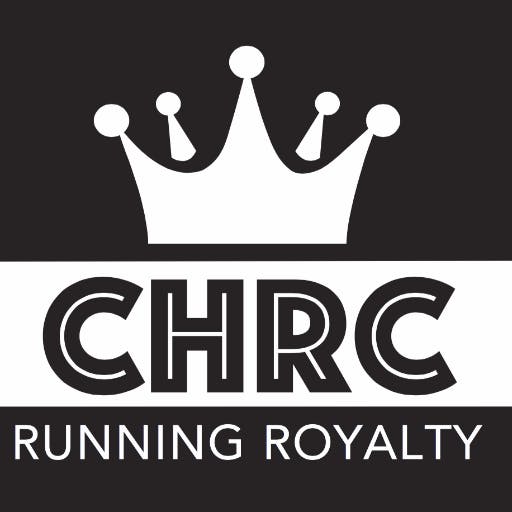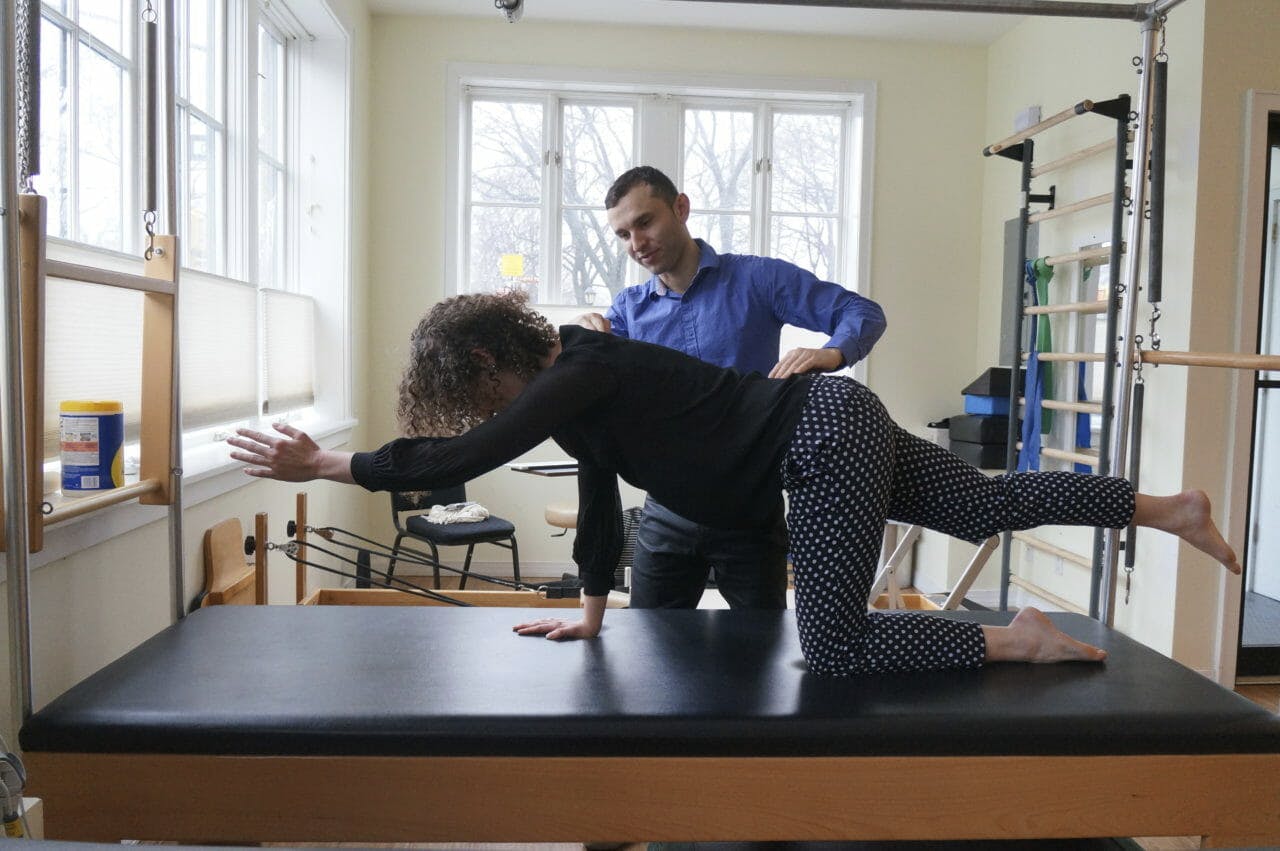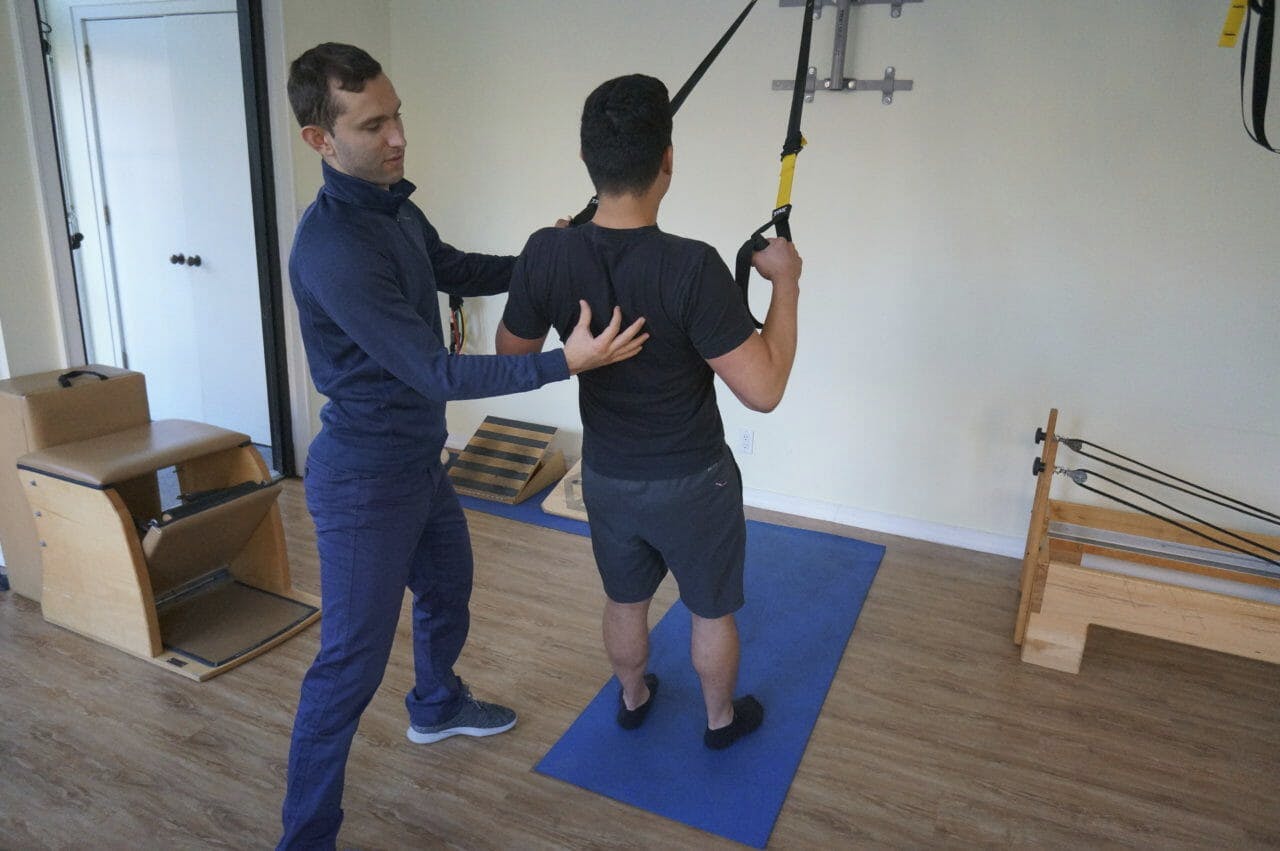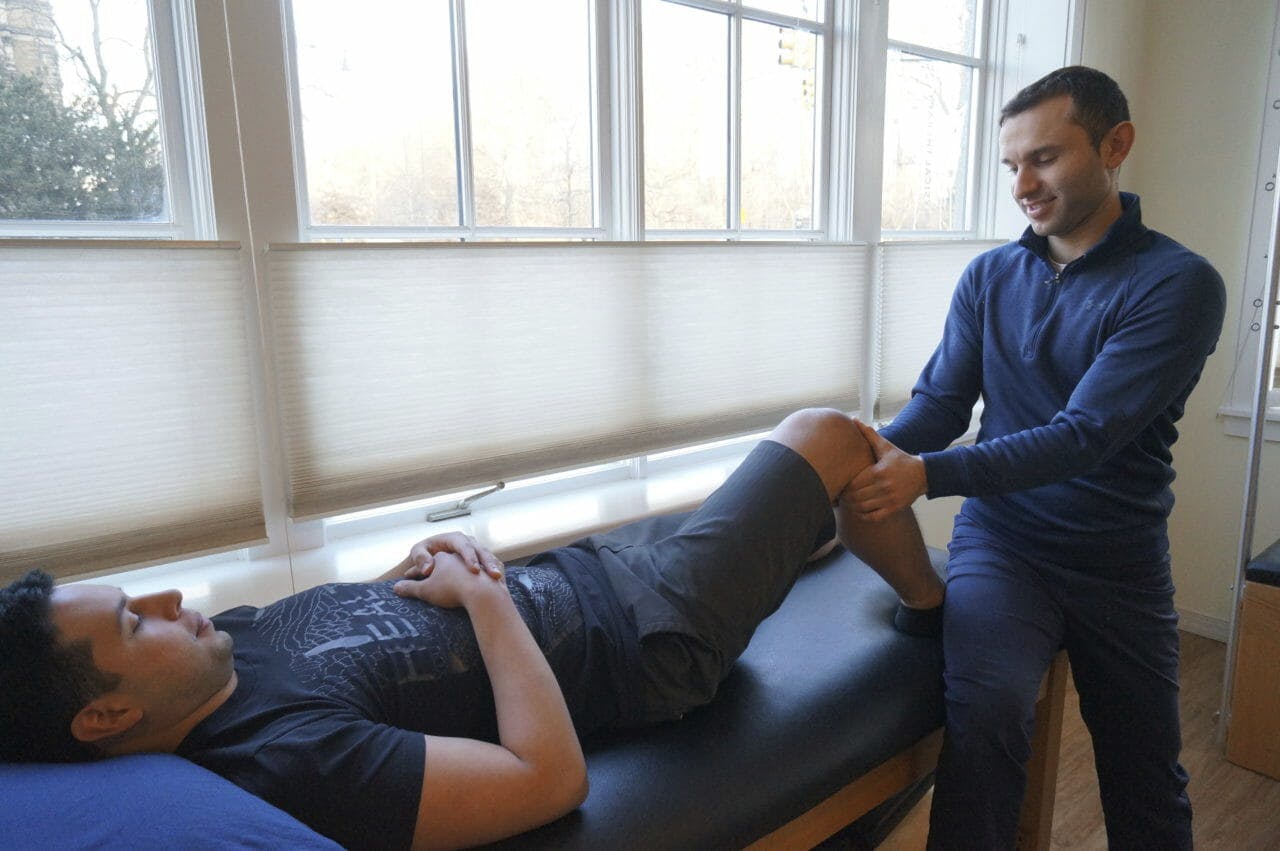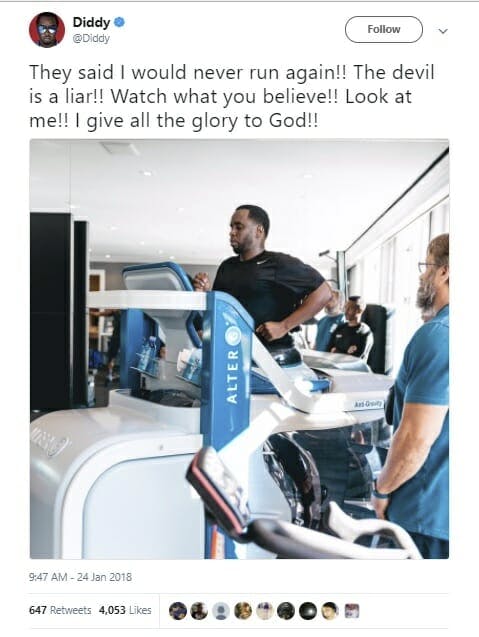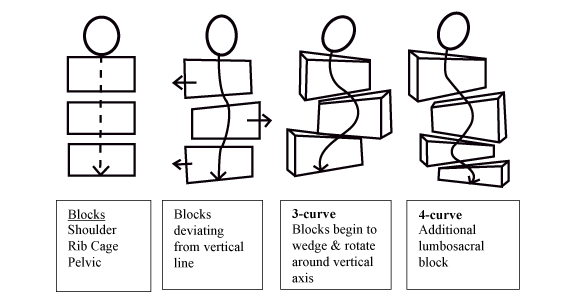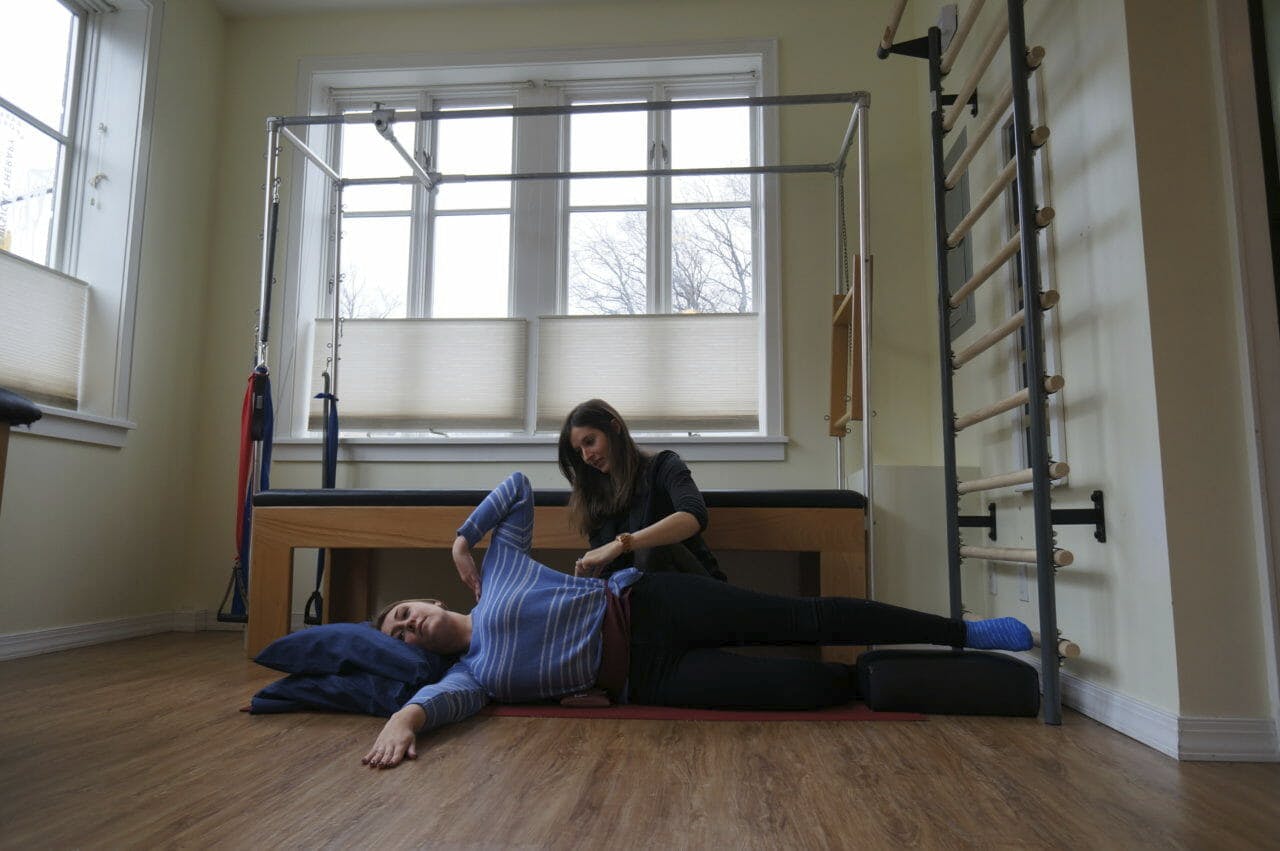We had a blast last night hosting the Crown Heights Running Club at our Clinton Hill location for our Brooklyn Half Marathon Crash Course.
The presenters included physical therapist and owner of Park Sports Physical Therapy, Boris Gilzon, PT, DPT, OCS, CHT, Certified Coach for the Road Runner Clubs of America, Nate Turner, and nutritionist, Tara Mardigan, MS, MPH, RD, AKA “The Plate Coach.”
They shared a lot of great information with us. This post will serve as a brief recap of some of the material that was reviewed.
Dynamic Stretching VS Static Stretching
Dynamic stretching is preferred over static stretching. You will want to focus on “warming up” your muscles before a run or undertaking any form of exercise. This can be in the form of jumping jacks, lunges, or any other full body movement. Core exercises are strongly encouraged.
There is no correlation between stretching and preventing injury, but stretching is still very beneficial in other ways. Boris recommends holding a stretch for twenty seconds or more for the muscles to get the full benefit of the stretch.
Tara recommends staying properly hydrated as that also plays a role in the performance and flexibility of your muscles.
Anywhere from 7-10 minutes of dynamic stretching will be enough to get you warmed up.
Cross Training
Cross training is useful, but depending on your goals, whether they be increasing mileage, speed, or endurance, nothing can replace running.
Boris and Nate both recommend strategic planning in terms of setting up a schedule for training to achieve your goals. The example given was a six-month training schedule. Boris recommends starting off with a light workout and running schedule at the very beginning and then increasing the intensity of theworkoutss as time progresses. This allows the body to adapt.
According to Nate, you should plan ahead and find ways to stimulate the climate of the actual race. For instance, if you are training during the colder seasons for a race that takes place during warmer seasons, you should try running in warmer temperatures some days. This could be done on a treadmill indoors with higher heat. Don’t forget to stay hydrated during these experiments!
Identifying Pre-Existing Structural Issues to Avoid Injury
Having a pre-existing injury or structural issue can lead to more serious injuries down the line. Both Nate and Boris strongly advise against working through the pain during training. Structural issues can be evaluated by a medical professional, physical therapist, or even an athletic trainer trained in identifying imbalances in the body.
A physical therapist will be able to assess your body’s strengths and weaknesses and will be able to offer valuable insight as to how you can improve your odds to avoiding injury, whether they be through strengthening exercises, modifying certain movements, correcting postural issues, or stretching and manual therapy.
If you are interested in getting a movement evaluation done by one of our physical therapists, schedule your appointment here.
Increasing Mileage Safely
Boris and Nate mentioned when training for a half marathon or even a full marathon, it’s best to work your way up to running that distance.
Instead of flat-out running thirteen miles, you could distribute a certain amount of miles each day that adds up to the full thirteen miles.
For example, on Monday you run four miles, Wednesday you run four miles, and Friday you run five miles. You can slowly increase your mileage safely in this manner instead of just deciding to run ten miles one day.
Nutrition for Runners
Tara put together an excellent handout reviewing some excellent advice in terms of nutrition, rest periods, and more. Here’s a PDF of the handout for those of you who couldn’t make it last night.
Wrapping Up
To those of you running the Brooklyn Half Marathon, we wish you the best of luck. You have trained hard and whether you aim to break a new personal record, finish the race, or have a set time that you would like to finish, we are here to help.
Want to learn more about Park Sports Physical Therapy and get started? Fill out this form here.
AlterG Anti-Gravity Treadmill
We are offering a 20% discount to Crown Heights Running Club’s members interested in trying out the AlterG Anti-Gravity Treadmill.
Schedule your first run today! Call 718.230.1180
.png?auto=format&auto=compress&h=150)



